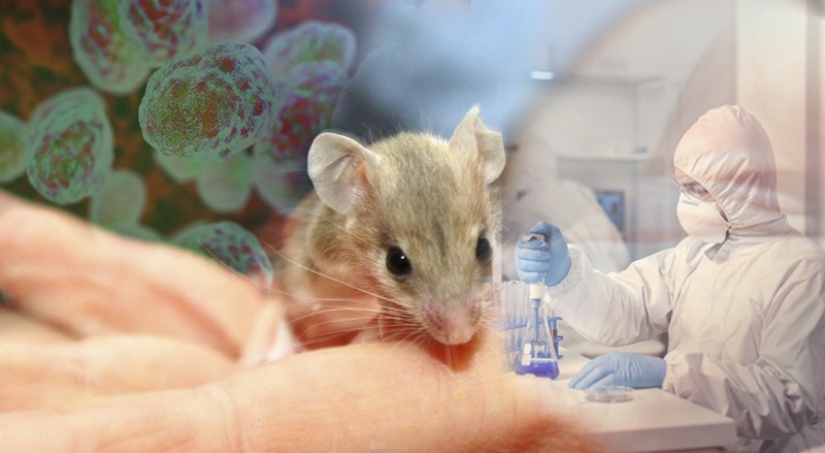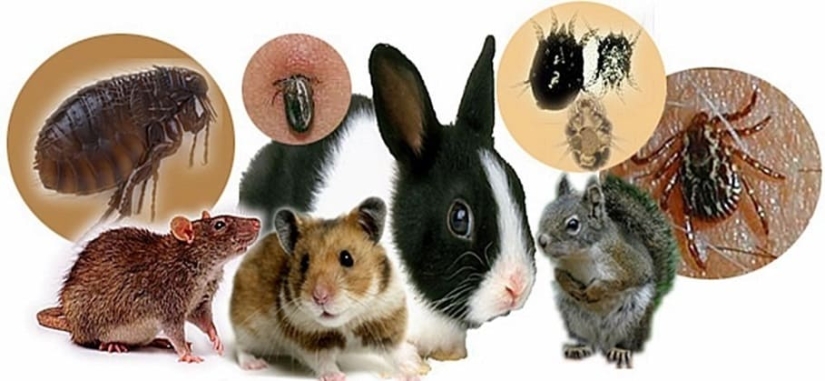What kind of disease is tularemia and why is it called the “minor plague”
Categories: Health and Medicine | Science
By Pictolic https://pictolic.com/article/what-kind-of-disease-is-tularemia-and-why-is-it-called-the-minor-plague.htmlIt is believed that humanity has defeated the plague, although this victory is very conditional, and people all over the world die every year from the Black Death. Fortunately, in our latitudes there is currently no threat of an epidemic of this deadly disease. But the “minor plague” may well become a serious problem. Scientists call this disease tularemia or epidemic lymphadenitis, and it is caused by the bacterium Francisella tularensis.

Epidemiologists are sounding the alarm - the incidence of tularemia in Russia is steadily increasing. Most often, residents of Karelia suffer from epidemic lymphadenitis. In this region, the disease is recorded 21 times more often than in other parts of the country. Unfortunately, statistics show that the infection is becoming more common every year.

People have been suffering from tularemia since ancient times. When infectious diseases were considered divine punishment and were treated with leeches and smoke fumigation, the mortality rate from tularemia was high, but still not as high as from the plague. It is possible that miraculous cases of healing from the “Black Death” are associated specifically with epidemic lymphadenitis, because literally until the beginning of the 20th century these diseases were not distinguished.
The causative agent of tularemia was first identified in 1910. This is a natural focal infection common throughout the world among rodents. The disease is transmitted to humans through blood-sucking insects, contact with infected animals, or consumption of food and water contaminated with their waste products.

As we can see, tularemia is similar to the plague, since the infection has the same “hosts” and passes to humans in similar ways. But this is not the only reason why this disease is called the “minor plague”. The diseases have similar symptoms: fever, weakness, headache, swollen lymph nodes.
Like the plague, tularemia has different forms: bubonic, ulcerative bubonic, oculobubonic, anginal bubonic, abdominal, pulmonary and generalized. Depending on the form of the disease, the state of the human body and the infectious load, the incubation period can range from 1 to 30 days. But in most cases, it lasts 3-5 days.
The disease begins with aches throughout the body, headache and fever up to 40 degrees. Appetite disappears and severe weakness appears. The patient can feel all these terrible symptoms for up to 3 weeks. The consequences of tularemia can be very sad if treatment is not started in a timely manner.

The most dangerous complication leading to death is hematogenous dissemination. This is a condition in which the infection spreads as much as possible throughout all tissues of the body and cannot be treated with the most powerful drugs. In this case, the probability of the patient's death is very high.
Fortunately, the mortality rate from tularemia is minimal these days. Timely detection of infection makes it possible to quickly stop Francisella tularensis and get the sick person back on his feet in 2-3 weeks. Therefore, if symptoms similar to the manifestation of the “lesser plague” appear, you should immediately consult a doctor. Preventive vaccination has also proven to work well in the fight against the disease.
Recent articles

Leonardo da Vinci was accused of being fond of orgies. William the Conqueror, despite all his successes, was called a "Bastard" ...

Modesty? Decency? A sense of tact? No, you haven't heard! Just look at what the people from the selection below are doing! No ...

American documentary photographer Bruce Davidson came to the UK in 1960 for a couple of months on the assignment of Queen magazine. ...